Being a dog owner isn’t just about walks in the park and feeding your furry friend their favorite kibble. Often, you find yourself playing a much bigger role—one that involves being their emotional support human. Yep, whether you realize it or not, you’re probably already doing this. Dogs, like humans, have emotions and they rely on us more than you might think. Here are 14 ways you might be acting as your dog’s emotional support human.
1. Listening To Their Whines
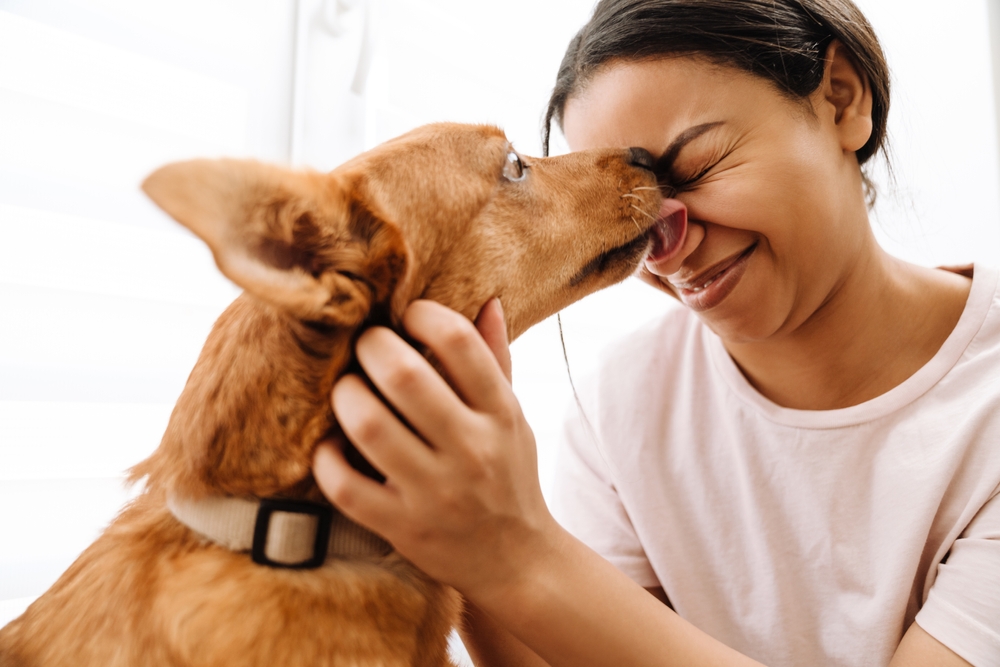
You know those moments when your dog whines for no apparent reason? More often than not, it’s their way of communicating something deeper. You find yourself playing the role of a detective, trying to understand what they need. A study published in “Scientific Reports” found that dogs are capable of recognizing human emotions, which means your response to their whines offers comfort they can sense. It’s not just noise; it’s their way of having a chat with you.
When they whine, you listen, and often that simple act seems to comfort them. Just like how talking to a friend helps you sort through your problems, your dog probably feels a similar relief when you listen to what their whining might mean. Sure, they can’t tell you what’s wrong in words, but your presence and attention often do the trick. When you respond, whether it’s with a cuddle or a distraction, you’re reinforcing that you’re there for them. This cementing of your relationship is precisely what they need.
2. Offering Cuddles On Demand
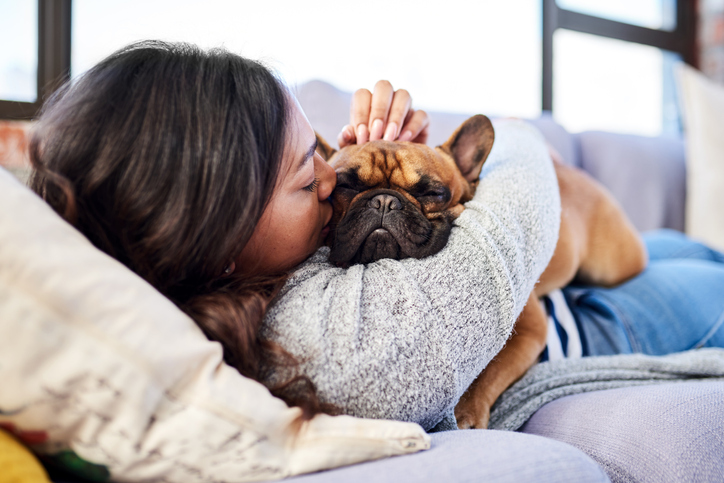
When you’re feeling low, there’s nothing like a good cuddle to lift your spirits, right? Well, your dog feels the same way. Sometimes, they just need a snuggle, and you’re there to provide that safe, warm space. You probably find that when you offer a cuddle, they relax almost immediately, their tension melting away. It’s less about the act of cuddling and more about the comfort of your presence.
Your dog knows they can count on you to be there for those cuddle sessions. It’s a mutual benefit; you both get those feel-good hormones like oxytocin, strengthening your bond. You might notice that your dog seeks you out more during stressful times, almost as if they know you’re their emotional anchor. That cuddle isn’t just about physical proximity—it’s an emotional connection that reassures them. It confirms for them that you’re in this together.
3. Talking To Them Like They Understand
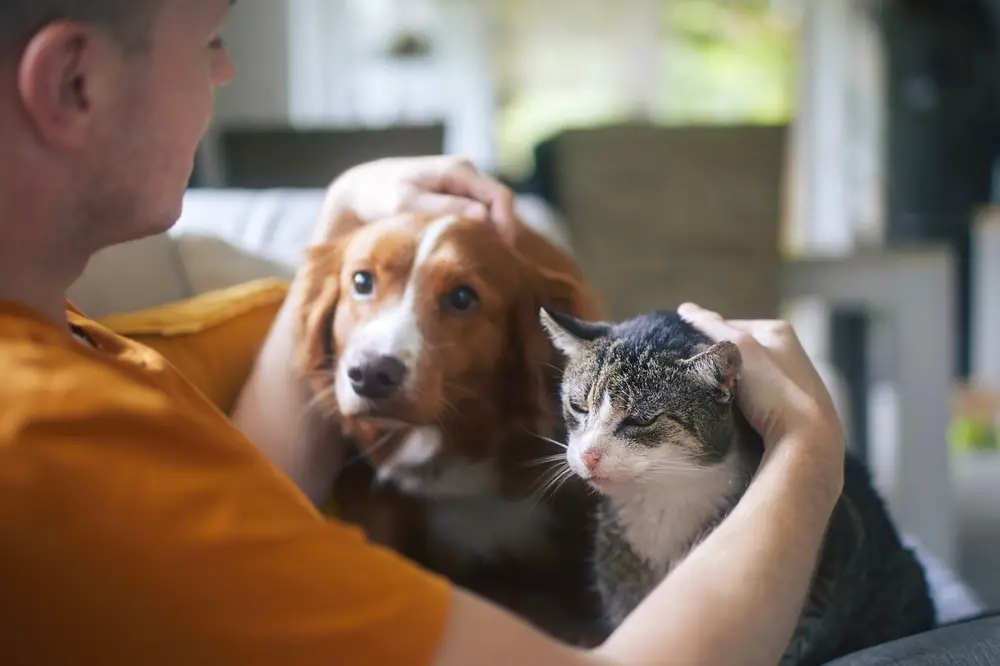
Ever find yourself having a full-on conversation with your dog? You’re not alone. According to Dr. Julie Hecht, a canine behavior researcher, talking to your dog can actually help them feel more secure. It turns out, they might not understand every word, but they do pick up on your tone and emotions. This verbal communication helps reinforce that sense of security they crave.
When you talk to your dog, you’re doing more than just filling the silence; you’re offering them a piece of your world. They listen, cock their heads, and sometimes respond in their doggy way. It’s as if they’re participating in the conversation, even if they don’t speak your language. This interaction plays a huge role in their emotional well-being. It lets them know they’re part of your life, and that connection is invaluable.
4. Providing A Sense Of Routine

Routine is often seen as mundane, but for dogs, it’s a source of comfort and security. Whether it’s feeding time, walk time, or bedtime, these regular events give your dog something to look forward to. You might not even think about it, but by sticking to a schedule, you’re providing emotional support. Dogs thrive on predictability, and your ability to maintain that routine reassures them.
Your commitment to a routine means your dog knows what’s coming next, which helps reduce anxiety. When they can count on you to keep things consistent, it builds trust. This reliability is a form of emotional stability for them. You might notice that any deviation from the norm can make your dog anxious or restless. That’s because your routine is their safety net, making your consistency more important than you might realize.
5. Going On Walks Together
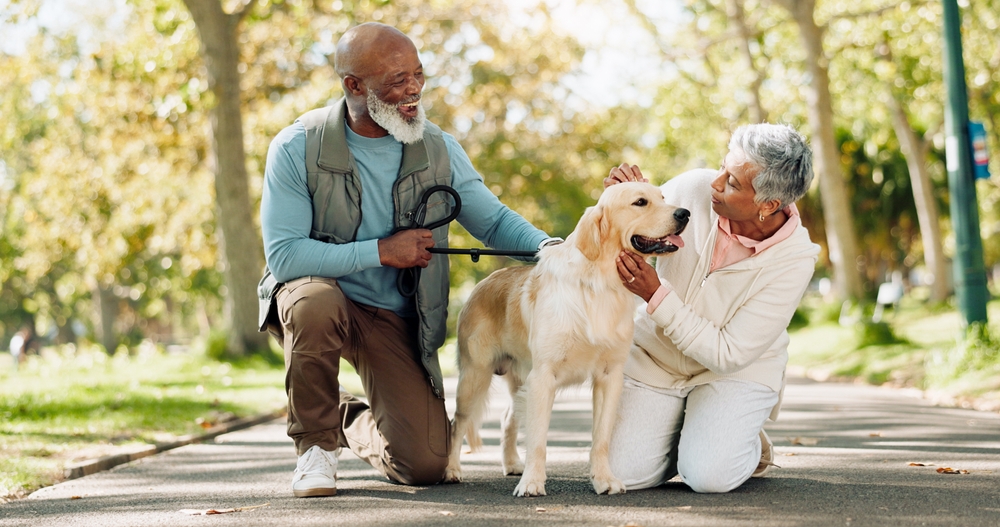
Walks are more than just a chance for your dog to stretch their legs. They provide an opportunity for both of you to bond and explore the world together. Dr. Alexandra Horowitz, a canine cognition expert, notes that walks are a vital part of a dog’s day, offering mental stimulation and emotional engagement. When you take the time to walk with them, it’s a shared experience that strengthens your connection. It’s not just about exercise; it’s about quality time together.
As you walk, your dog experiences new sights, smells, and sounds, all with you by their side. This sense of adventure can be quite comforting, knowing they’re experiencing it with their trusted human. Every walk is a small journey that reinforces your bond, communicating that you’re their partner in exploration. Your dog looks to you for reassurance during these outings, which is a significant part of their emotional support. In the end, it’s about more than just physical activity—it’s a joint venture in life.
6. Understanding Their Body Language
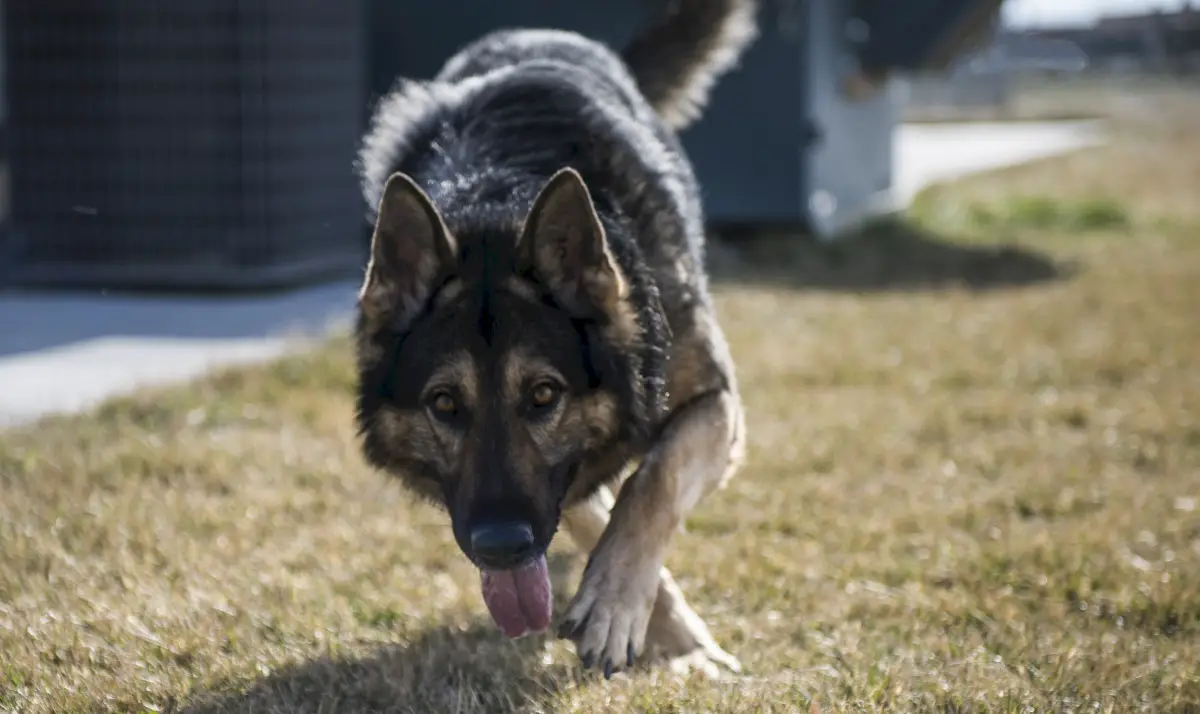
Your dog might not have words, but they sure do have a way of communicating through body language. Their wagging tails, perked-up ears, and even their little yawns all mean something. You become somewhat of a body language expert, learning to interpret what they’re trying to convey. This skill is crucial in understanding their emotional state, making you an integral part of their emotional support system.
Paying attention to their body language allows you to respond appropriately to their needs. Whether they’re anxious, excited, or scared, your ability to read them helps you provide the reassurance they need. Dogs look to you for cues, and your reactions can either calm or escalate their emotions. By understanding their non-verbal communication, you offer them the comfort of being seen and understood. This understanding deepens your connection, reinforcing that you’re someone they can trust.
7. Celebrating Their Little Victories
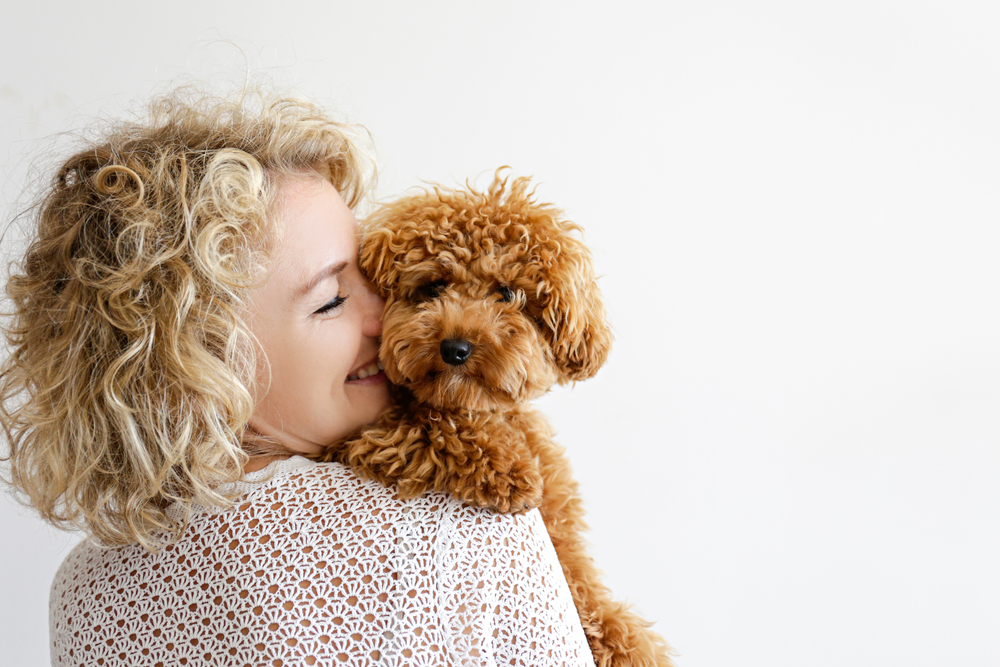
Everyone loves a bit of recognition, and your dog is no different. Celebrating their little victories, like sitting on command or fetching a toy, boosts their confidence. According to animal behaviorist Dr. Karen B. London, positive reinforcement is a powerful tool for emotional well-being. When you cheer them on, it affirms that they’re doing something right. Your excitement becomes their excitement, fostering an environment full of encouragement.
You might find that your dog is eager to please you, and your praise becomes a significant motivator. This positive reinforcement encourages them to repeat those behaviors and enhances their overall happiness. It’s not just about training; it’s about building their self-esteem. Your reaction to their actions plays a crucial role in their emotional development. Celebrating these moments lets your dog know that they’re valued, which is a big boost to their emotional health.
8. Being There During Storms
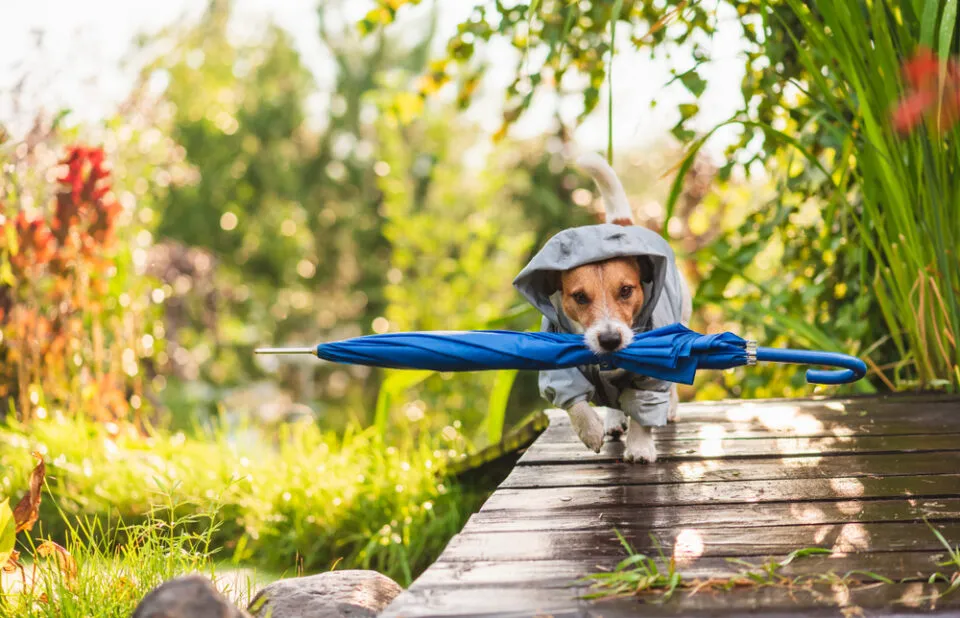
There’s something about a thunderstorm that can transform even the bravest dog into a nervous wreck. You might find yourself sitting by their side, comforting them through the rumbles and flashes. Your presence during such scary times is a pillar of emotional support. They seek you out as their safe harbor, someone who can make the storm a little less frightening.
You provide more than just a physical barrier between them and the storm; you’re an emotional anchor. Knowing you’re there to protect and comfort them can lessen their anxiety significantly. By staying close, you communicate that they’re not facing the fear alone. It’s an unspoken promise that you’ll be there through the turmoil, reinforcing their trust in you. This kind of support strengthens your bond, proving that you’re more than just a pet owner.
9. Respecting Their Need For Alone Time
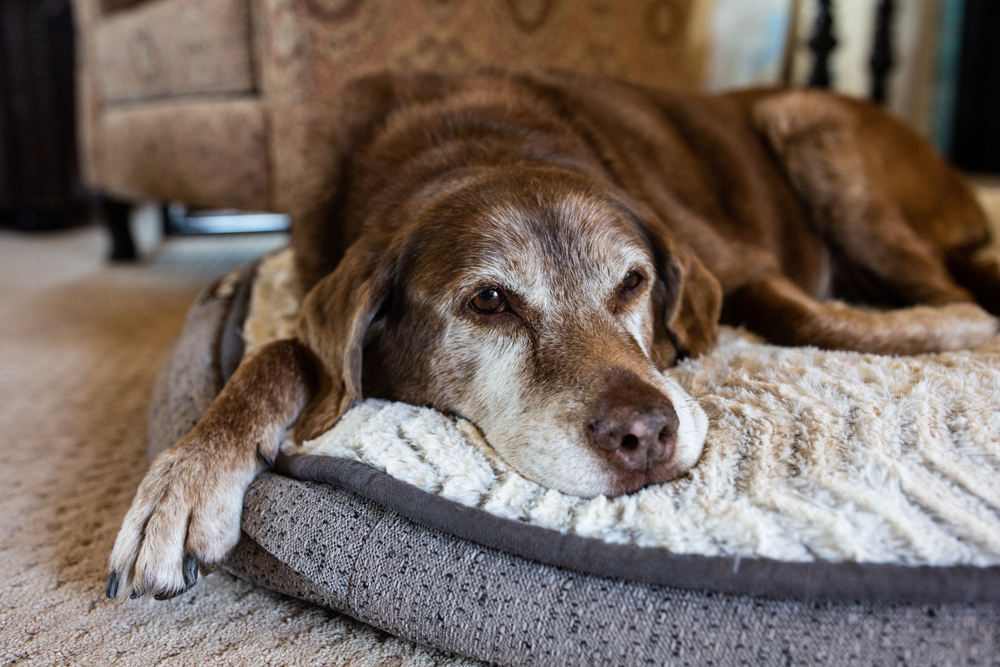
Everyone needs a little space to themselves now and then, and dogs are no different. Recognizing their need for alone time is another way you act as their emotional support human. When you allow them that space, it shows you’re in tune with their personal needs. Sometimes, they just want to retreat and relax without any fuss, and that’s okay.
Respecting their alone time doesn’t mean you’re neglecting them; it means you’re acknowledging their individuality. Just like you appreciate some downtime, your dog does too, and giving them that freedom is an important part of your relationship. It demonstrates your understanding of their boundaries, which is a crucial element of emotional support. They learn that their needs matter to you, bolstering their sense of security. This mutual respect helps your connection grow deeper.
10. Being Patient With Their Quirks
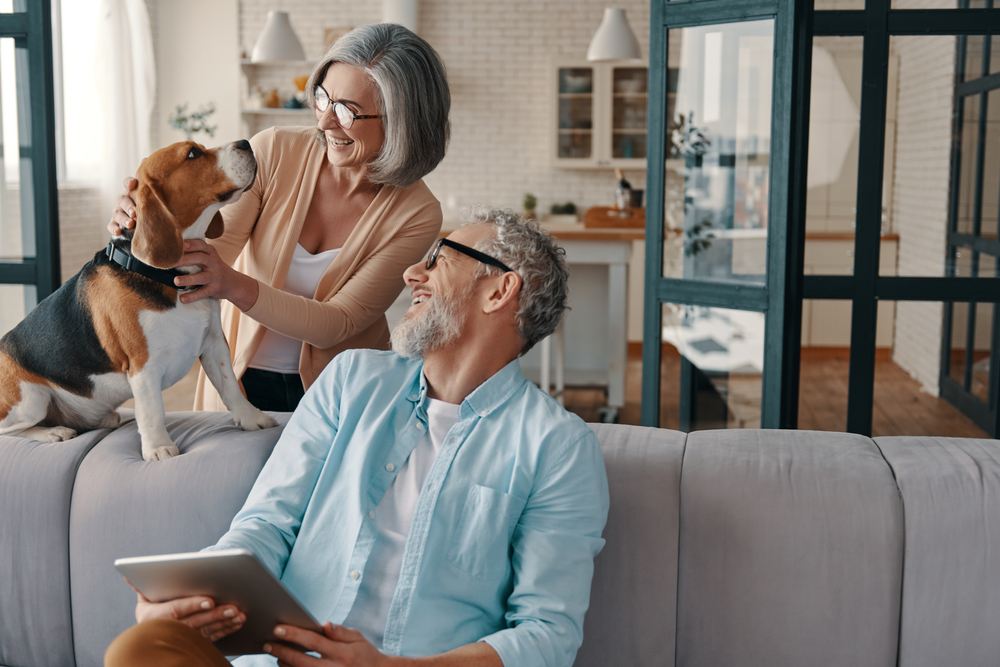
Let’s face it, dogs can have some pretty odd behaviors. Whether it’s their obsession with chasing their tail or their disdain for the vacuum cleaner, these quirks are a part of who they are. By being patient with these behaviors, you’re offering them emotional support in a subtle but powerful way. Patience shows that you accept them, quirks and all, which is a comforting reassurance for them.
Your tolerance of their unique traits reinforces that they’re loved just the way they are. You might even find some of these quirks endearing over time. This patience fosters a sense of trust, encouraging your dog to be themselves without fear of reprimand. It’s all about accepting them as they are, which contributes to their emotional well-being. In your eyes, they’re perfect, quirks and all, and that’s something they can sense and appreciate.
11. Staying Calm During Vet Visits

Let’s be honest; vet visits aren’t exactly a day at the beach for your dog. The strange smells, unfamiliar sounds, and other anxious animals can be a lot to handle. By staying calm and composed during these visits, you play a crucial role in their emotional support. Your calm demeanor can help alleviate some of their stress, showing them that there’s nothing to fear.
Your dog looks to you for cues, and when they see you’re not worried, they’re more likely to stay calm themselves. This reassurance is invaluable during stressful situations like vet visits. Your presence acts as a buffer against their anxiety, helping them get through the experience with a bit more ease. It’s a silent communication that tells them you’re in this together. Your cool-headedness becomes their anchor, making the situation a little more bearable.
12. Sharing Your Emotions
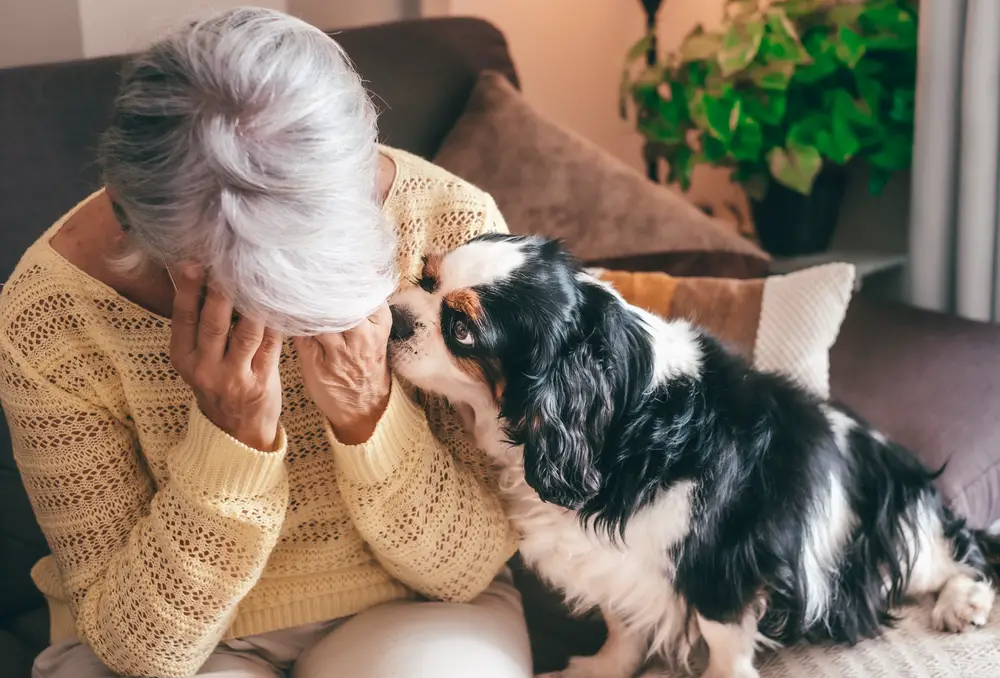
You might not realize it, but sharing your emotions with your dog offers them a unique form of emotional support. Dogs are incredibly intuitive and can often sense when you’re happy, sad, or stressed. By being open with your own emotions, you create an environment where they’re comfortable doing the same. This mutual sharing strengthens your bond and lets them know it’s okay to feel.
Your dog learns a lot from your emotional cues, and your openness helps them feel more secure. They pick up on your emotional state and often try to comfort you in their own way. This reciprocal relationship is a key aspect of emotional support. It creates a shared emotional space where both you and your dog can express yourselves freely. This openness not only deepens your connection but also ensures that your relationship is built on emotional honesty.
13. Encouraging Playtime
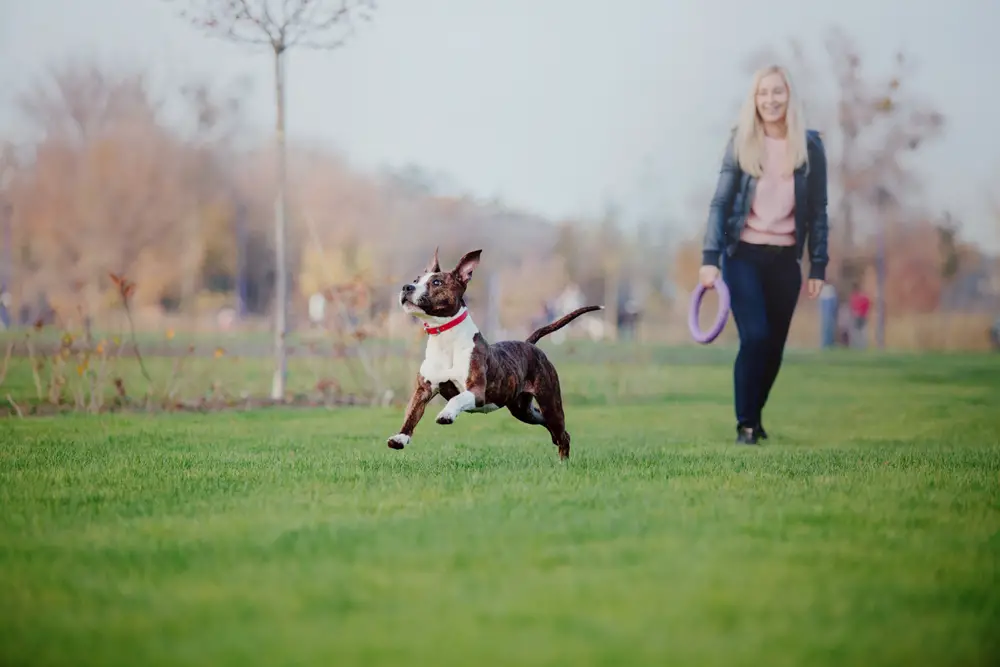
Playtime isn’t just about burning off energy; it’s an emotional outlet for your dog. You encourage playtime because you know it’s vital for their mental and emotional well-being. Games like fetch or tug-of-war provide more than just physical exercise—they offer a chance for your dog to express themselves. In these moments, you’re not just a playmate; you’re an emotional support system.
Through play, your dog experiences joy and excitement, emotions that are essential to their happiness. You help facilitate these feelings, creating a safe space for them to let loose and enjoy life. This isn’t just beneficial for them; it also strengthens your bond, showing them that you’re there for both the serious and the fun times. Playtime becomes a shared language, one that communicates love, trust, and companionship. This shared joy is a cornerstone of your relationship, providing emotional nourishment for both of you.
14. Adapting To Their Needs As They Age
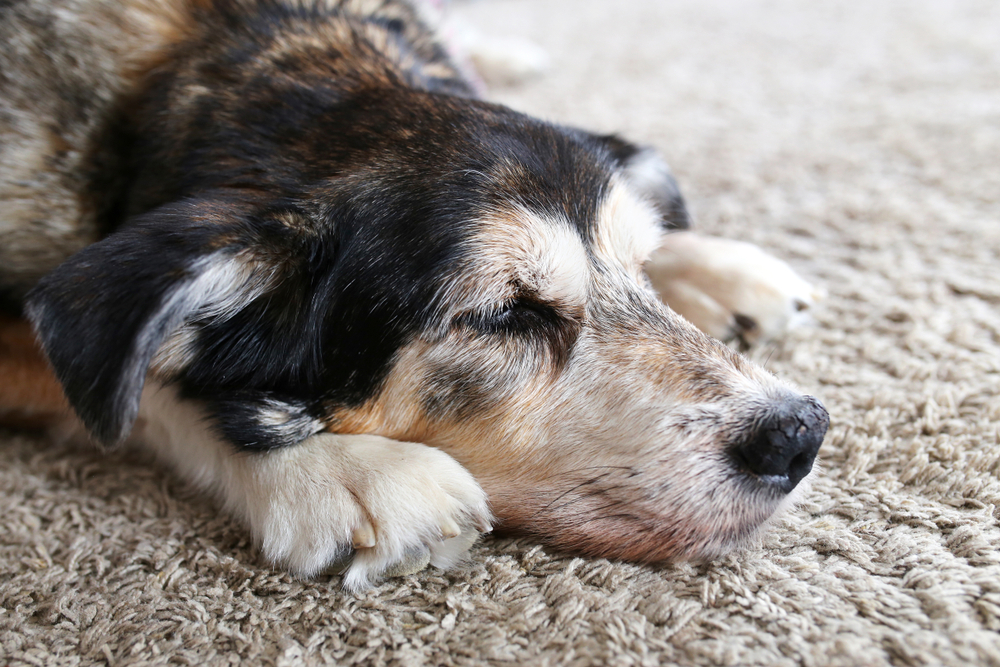
As your dog gets older, their needs change, and you adapt to meet them. Whether it’s adjusting their diet, going for shorter walks, or offering more frequent naps, you’re there to make those transitions easier. This adaptability is a profound form of emotional support, as you show them love and care through every stage of their life. It’s not just about maintaining their physical health; it’s about supporting their emotional well-being as they age.
Your willingness to adjust to their evolving needs ensures that they feel valued and loved. Aging can be a confusing time for dogs, but your support makes it a little less daunting. By continuing to provide for them, you’re reinforcing that they’re cherished, no matter their age. This ongoing commitment helps your dog feel secure and loved, knowing that they can rely on you through all the changes. Your adaptability becomes a testament to your unwavering support, deepening the bond you share.
